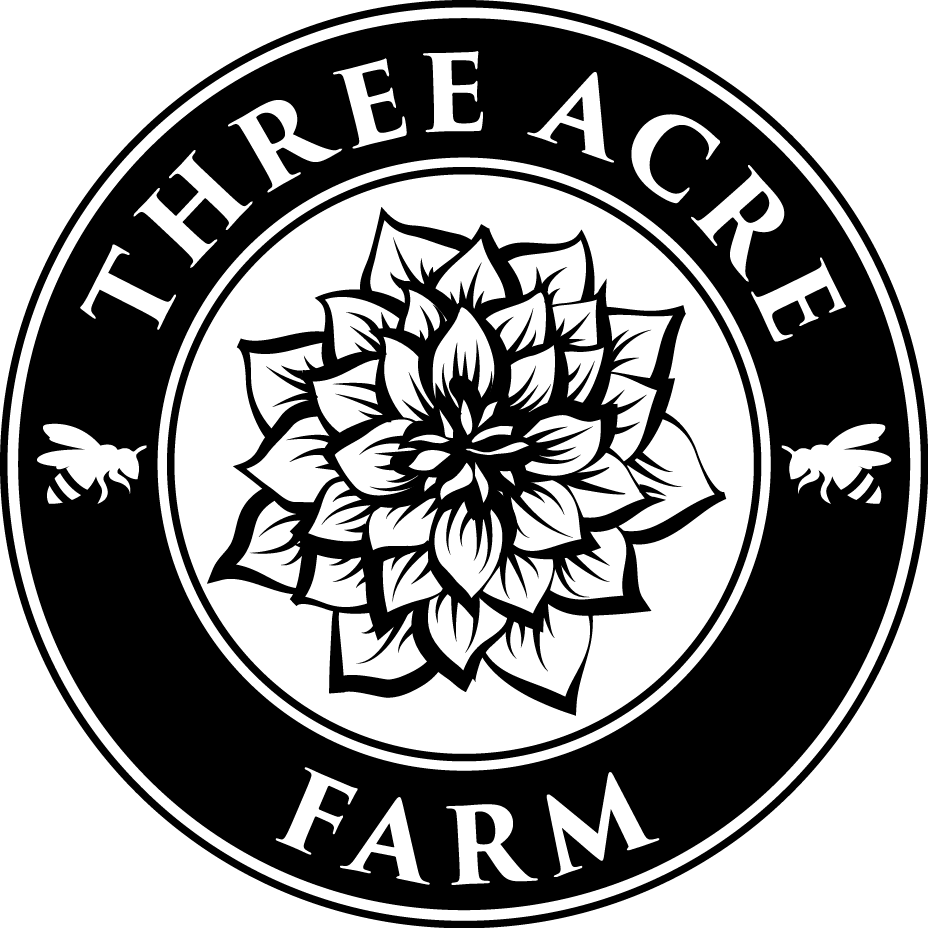How to Grow: Celosia
How to Grow: Celosia
Pronunciation: sel-oh-see-ah
Celosia is another underappreciated and overlooked cut flower. It’s unfortunate, because Celosia is beautiful, long lasting and comes in a wide variety of shapes and colors! It also makes an excellent “Everlasting Flower”.
While they are not a flower you would likely display on their own, they compliment other flowers so nicely and shine in bouquets, adding much needed texture and shape.
“Delhi Pearl” Celosia
The types of Celosia grown for cut flower use are different than the types you normally find at a garden center. This means you’ll likely have to start your own Celosia from seed.
Let’s look at the Pros and Cons of growing Celosia for cut flower use.
PROS
They come in a multitude of colors, sizes and types.
They are easy to grow.
The plants are productive for a long period of time.
They are bright and cheerful in bouquets.
They love hot weather and thrive in the summer.
They have an excellent life of up to 2 weeks or longer, with proper harvest and care.
They make a great dried (“Everlasting”) flower.
CONS
They like hot weather and won’t do well in places with cool, wet summers.
The seedlings can succumb to “damping-off” disease in cool moist conditions. Keep those babies warm!
CHOOSING SEEDS
Since most of the Celosia varieties offered at garden centers will not grow tall enough for cut flower use, you’ll probably have to start your Celosia from seed. Thankfully, they are easy to grow from seed. Even if you are not able to start transplants indoors, you can still direct sow them in some climates.
Be sure to look for varieties that reach a minimum of 24” tall.
Celosia is divided into 3 main types:
1. Crested Type (Celosia argentea cristata): These are the “Cock’s Comb”/ “Brain Coral” types.
2. Plume Type (Celosia argentea plumosa): These are feathery and wispy looking.
3. Spike Type (Celosia argentea spicata): These have an upright, spike shape.
Plume Type: “Texas Plume”
Here are a few of my favorite Celosias to grow for cut flower use:
“Chief Series” (Crested Type)
“Cramer’s Series” (Crested Type)
“Sylphid” (Plume Type)
“Pampas Plume” (Plume Type)
“Texas Plume” (Plume Type)
“Celway Salmon” Celosia
HOW TO SOW
Celosias are heat loving, summer blooming flowers. They do not like cold temperatures and can’t handle frost, so do not try to plant them too early in the season.
Transplants or Direct Sow?
Celosias can be transplanted or direct sown, but transplants are recommended for most climates.
Sow seeds indoors 6-8 weeks before your Average Last Spring Frost. Be sure to keep them in a warm place as they are growing. They can be transplanted out after the threat of frost.
The seeds can also be direct sowed into the garden well after the threat of frost has passed. Celosia will not germinate or grow well in cool weather.
Seeds are tiny and I recommend sowing them using the “toothpick method.” Pour the seeds into a container, lick the end of toothpick and use the toothpick to remove seeds one a time. Sow 1-2 seeds per cell.
PLANT SPACING
Most varieties can be pinched to encourage branching and should be spaced at 9”-18”, depending on type. I grow most Celosia at 9” spacing.
GROWING ON
After the transplants are established and growing, it’s helpful to “pinch back” the plants when they are less than 8” tall. To pinch, simply use clippers to remove the top of the plant, only leaving 2-3 sets of leaves behind. I know this seems counter-intuitive and you probably just freaked out, but trust me!
Plants that are pinched are more productive than plants that are not. Experiment for yourself - pinch half the plants and leave the other half alone. The un-pinched plants will bloom earlier, but the pinched plants will produce WAAAAAY more blooms.
Pinching signals the plant to go into overdrive and send out multiple branches, with multiple blooms.
“Ruby Parfait” Celosia
“Ruby Parfait” Celosia that has been pinched back to produce multiple stems per plant
STAGE OF HARVEST
Unlike other flowers, Celosia has a long “harvest window”, so there is no rush to harvest them. In fact, the will continue to get bigger, so harvest when they are the size you want, but before the florets on the bottom start to look dry and form seeds (like the one in the photo below - you can see how dry and “tired” it looks, and it is dropping seeds).
POST HARVEST CARE
Celosia requires no special treatment after harvest.
All types of Celosia can be dried and used as an “Everlasting Flower”. Be sure to dry/store them out of direct light to help retain color.
QUESTIONS?
Ask them here and I’ll get back to you!
Ready for more?
If you’re serious about growing the garden of your dreams this year, register for my online course, “Backyard Cutting Garden 101”. You’ll find everything you need to plan, grow, harvest and arrange your stunning blooms. I can’t WAIT to help you grow! Click on the button below for all the details.








